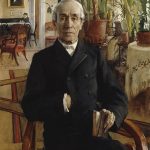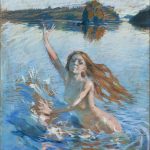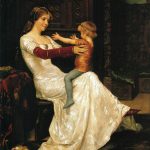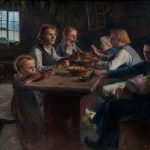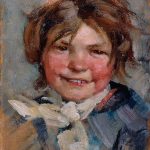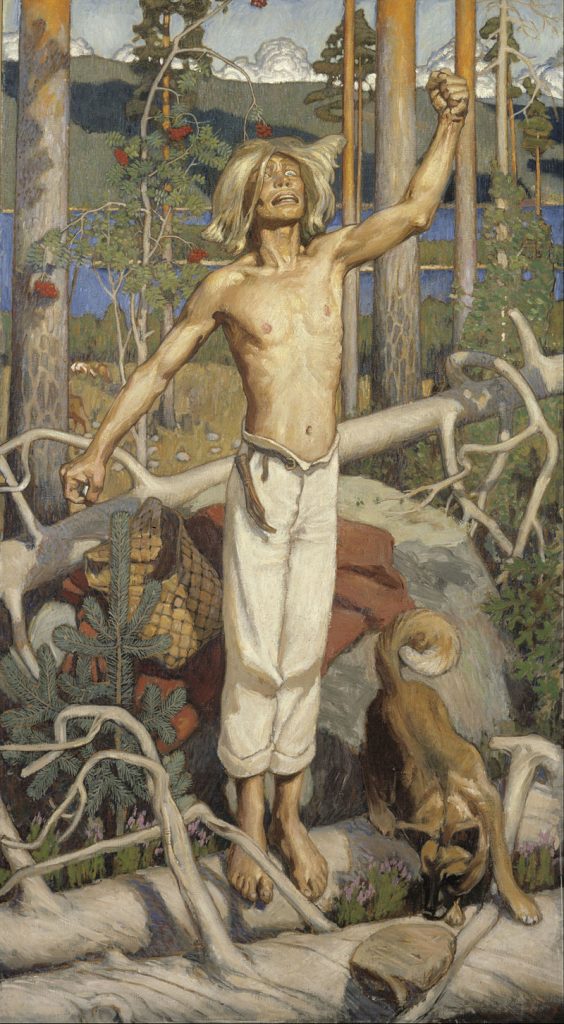
Akseli Gallen-Kallela (1865-1931) was a renowned Finnish painter, graphic artist, and designer. He is considered one of Finland’s most significant and influential artists, known for his contributions to the Finnish National Romantic movement, which aimed to depict Finland’s cultural and natural identity during a period of increasing national consciousness and independence. Here are some key details about Akseli Gallen-Kallela:
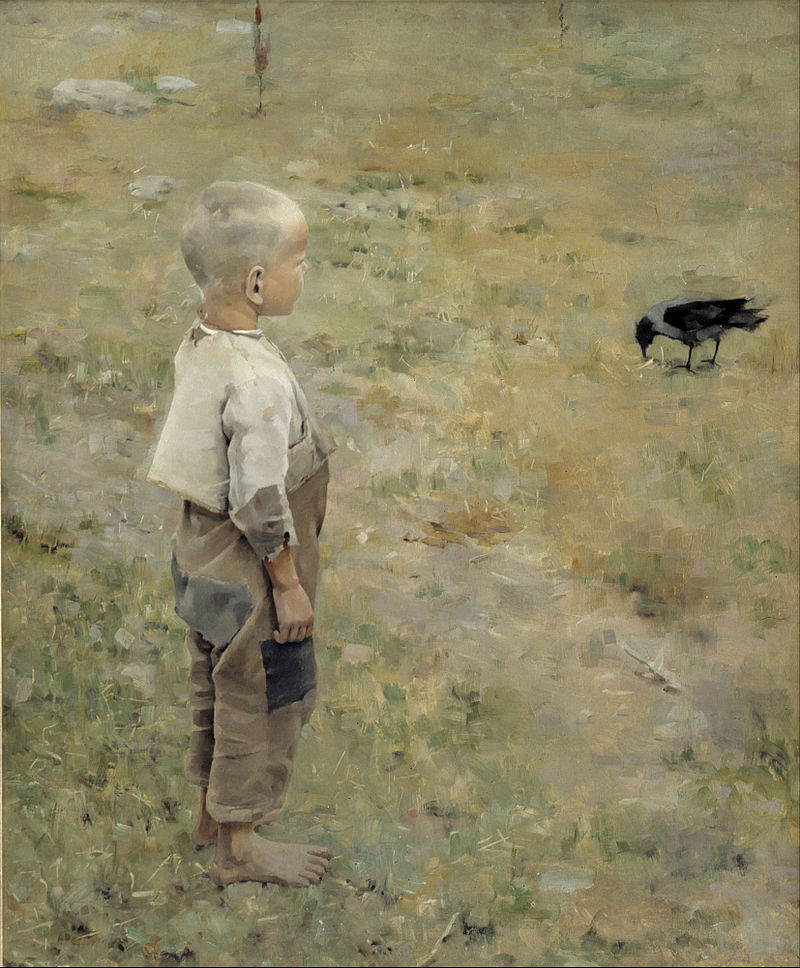
- Early Life and Education: Akseli Gallen-Kallela was born in Pori, Finland, which was then part of the Russian Empire. He initially studied art in Helsinki and later continued his education in Paris, where he was exposed to various artistic styles and movements.
- Influence of Finnish Folklore: Gallen-Kallela was deeply inspired by Finnish folklore, mythology, and the Kalevala, a collection of epic Finnish poems. He incorporated these themes into much of his art, and they played a central role in his work.

- Symbolism and National Romanticism: His style is often associated with Symbolism and National Romanticism, characterized by a focus on the natural beauty of Finland, its people, and its cultural heritage. His works frequently feature strong symbolism, mythological subjects, and elements of nature.
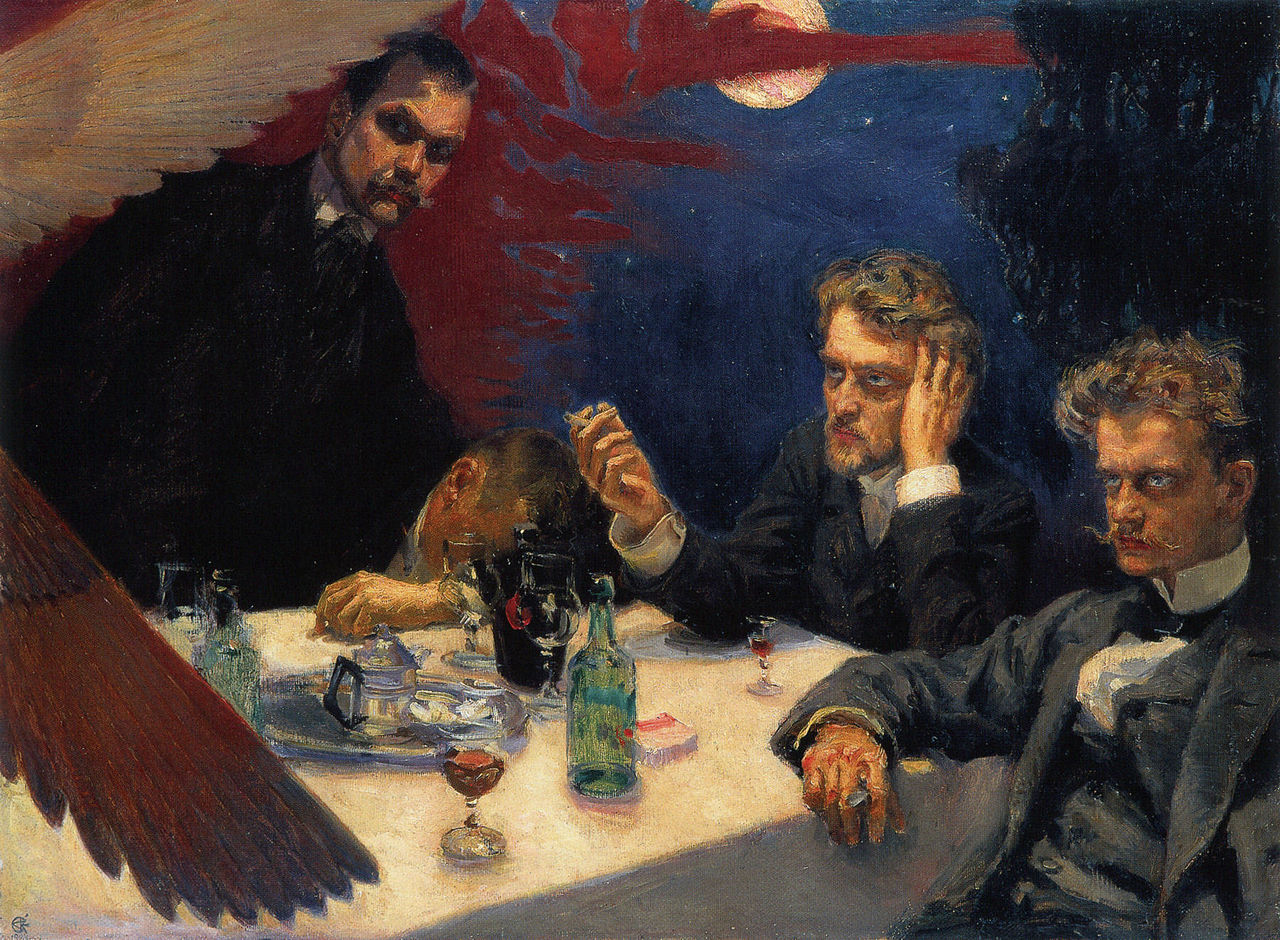
- The Kalevala Series: One of Gallen-Kallela’s most famous works is his series of illustrations for the Kalevala, Finland’s national epic. These paintings and illustrations are highly regarded for their ability to capture the spirit and stories of Finnish folklore.
- Portraits and Landscapes: Gallen-Kallela also created portraits and landscapes, capturing the beauty of the Finnish countryside and the character of its people. His landscape paintings often display a strong emotional connection to the Finnish natural environment.
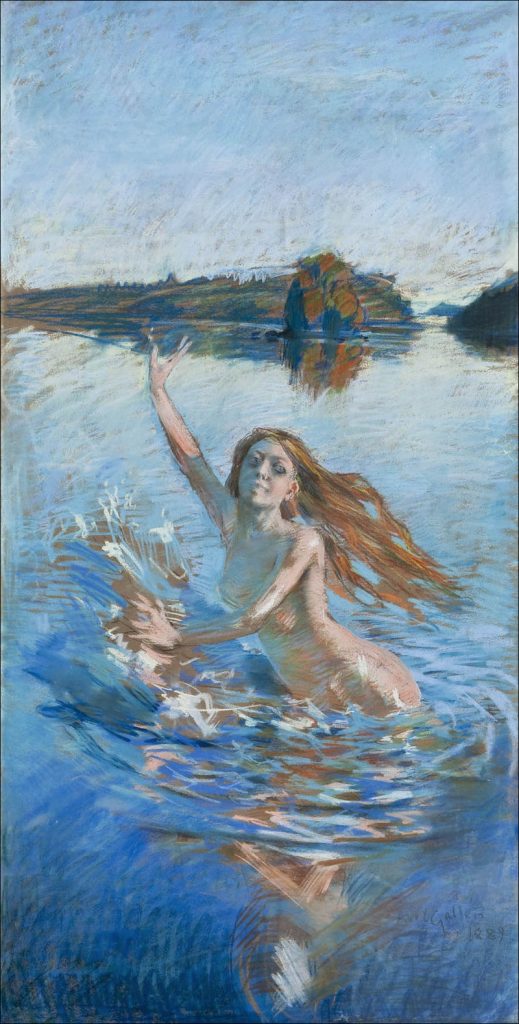
- Influence on Finnish Independence: Gallen-Kallela’s art played a role in fostering a sense of national identity and pride during Finland’s struggle for independence from Russia, which was achieved in 1917.
- Museum and Legacy: Gallen-Kallela’s former home, Tarvaspää, now serves as a museum dedicated to his life and works. His legacy continues to be celebrated in Finland, and his art remains an essential part of Finnish cultural heritage.
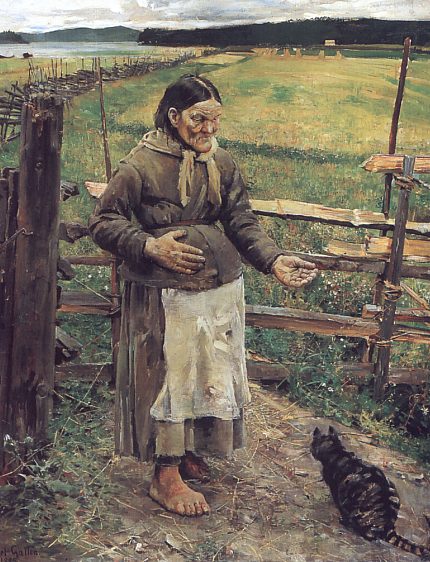
- Design Work: In addition to painting, Gallen-Kallela was involved in decorative arts and design. He designed furniture and interiors, often incorporating elements of Finnish folklore and national romanticism into his designs.
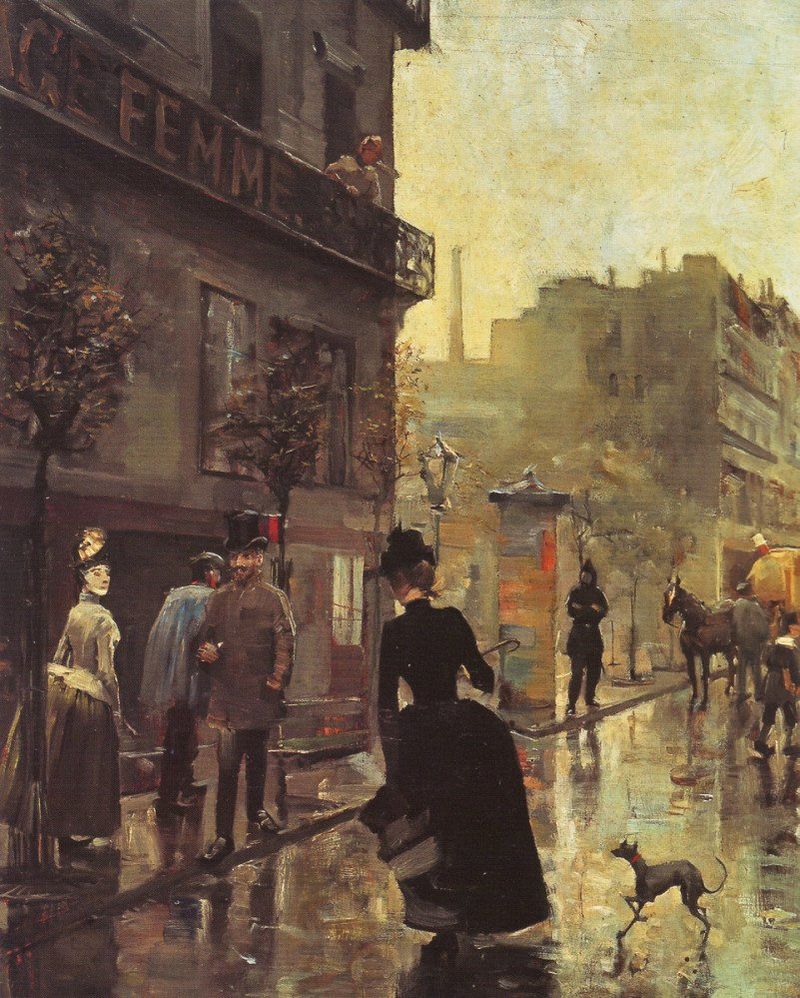
Akseli Gallen-Kallela’s art and influence continue to be celebrated in Finland and beyond. His work is seen as emblematic of Finnish national identity and cultural heritage, making him an enduring figure in the country’s art history.



